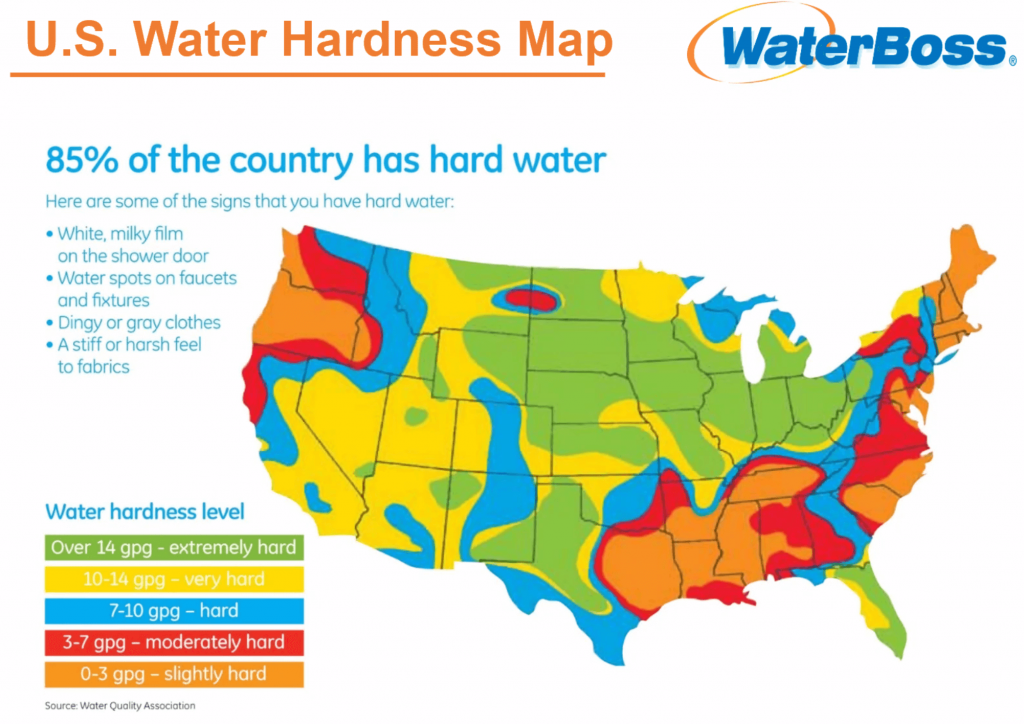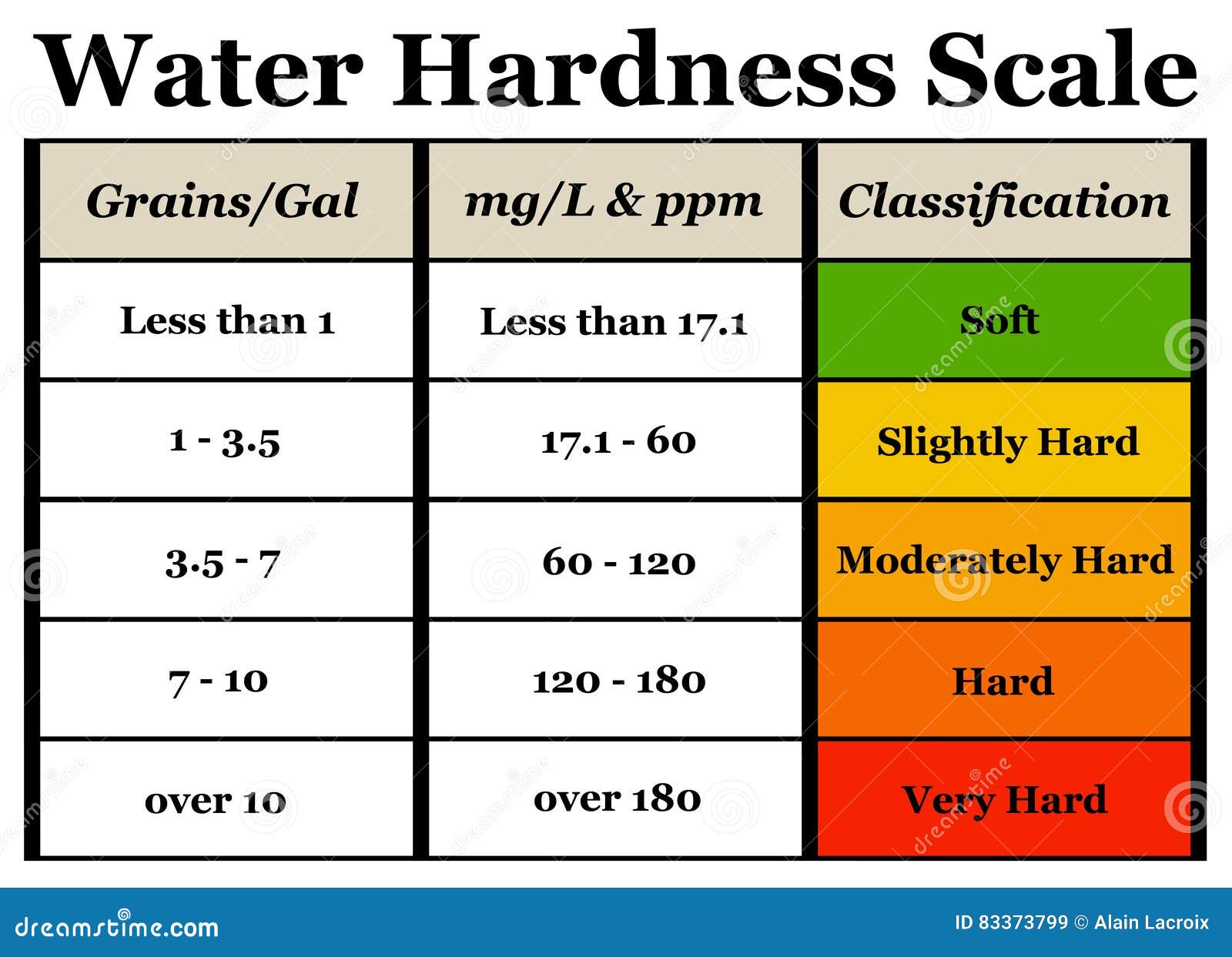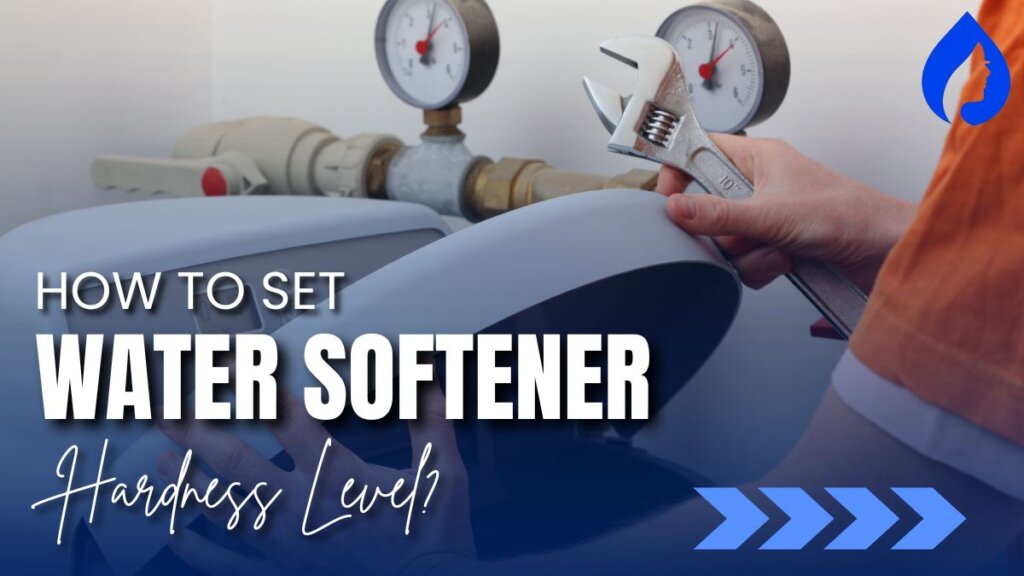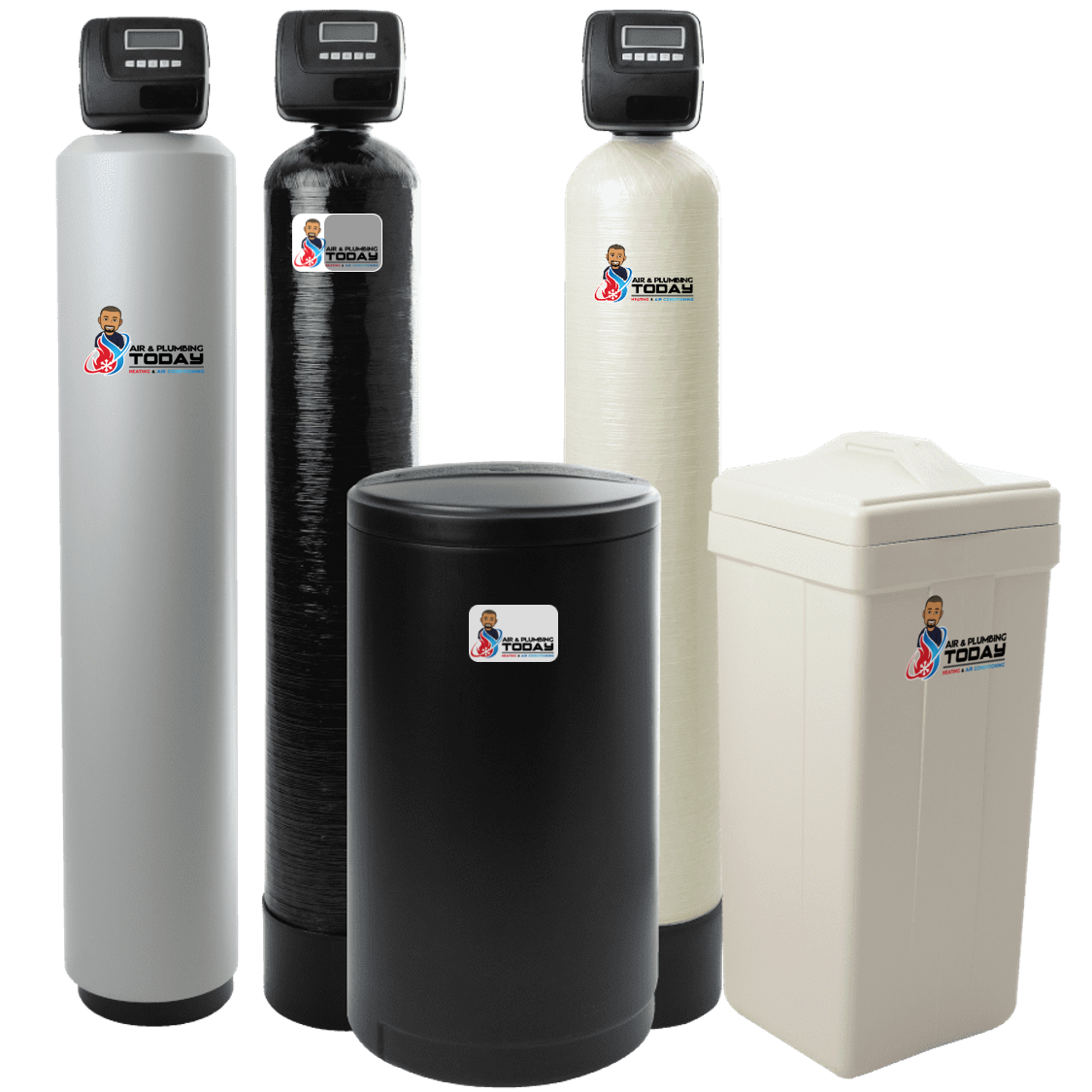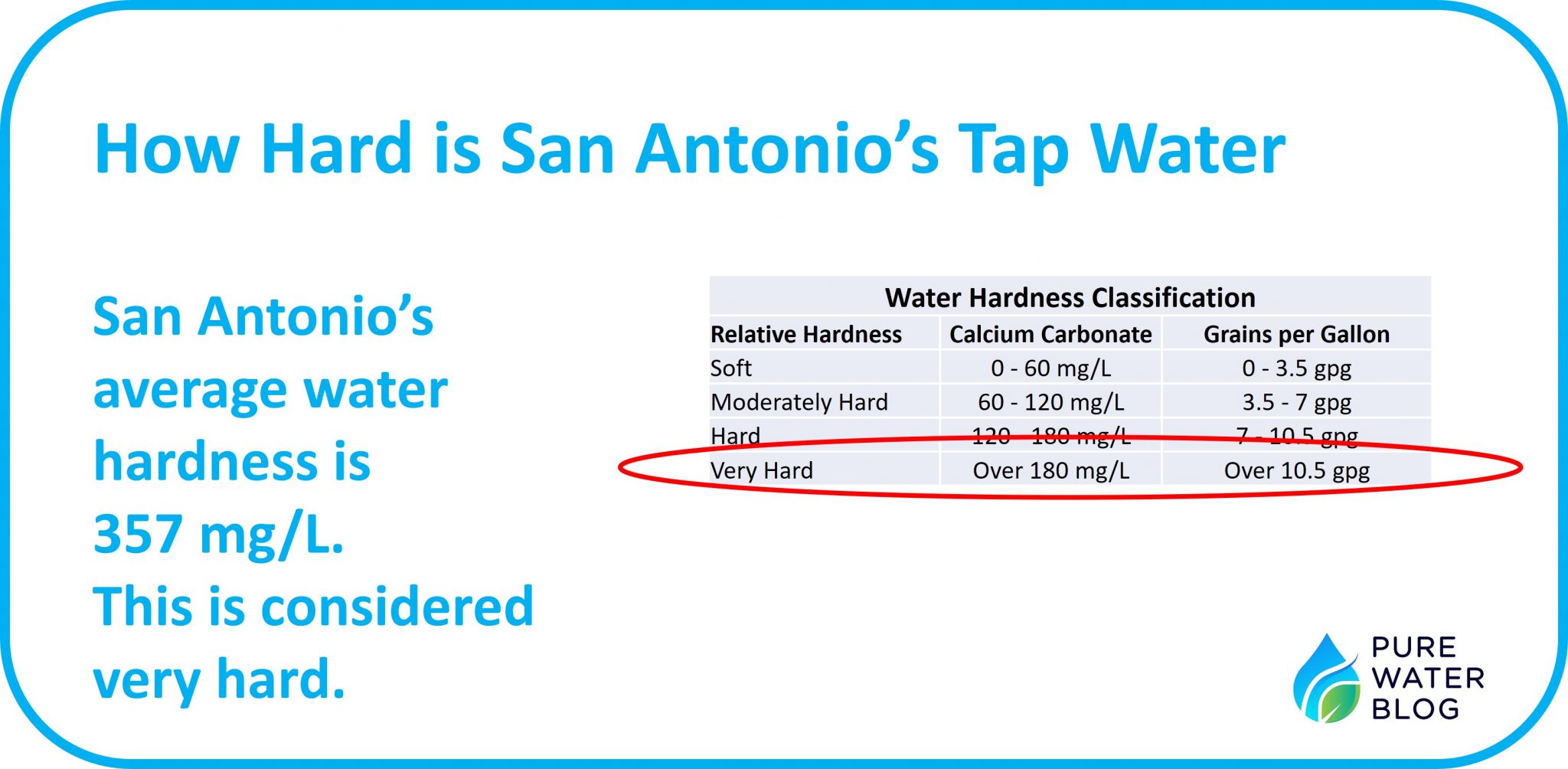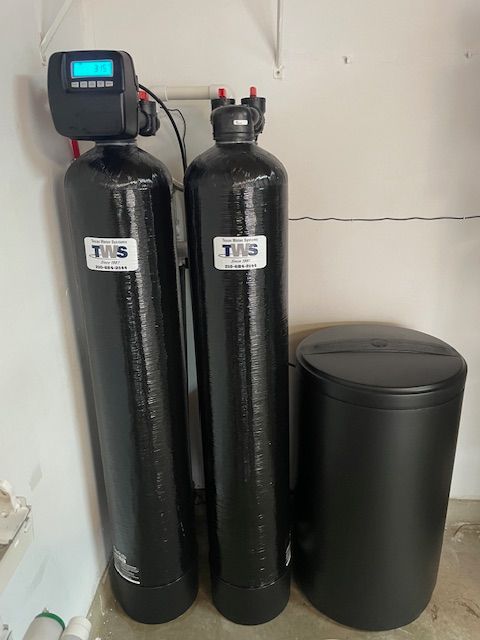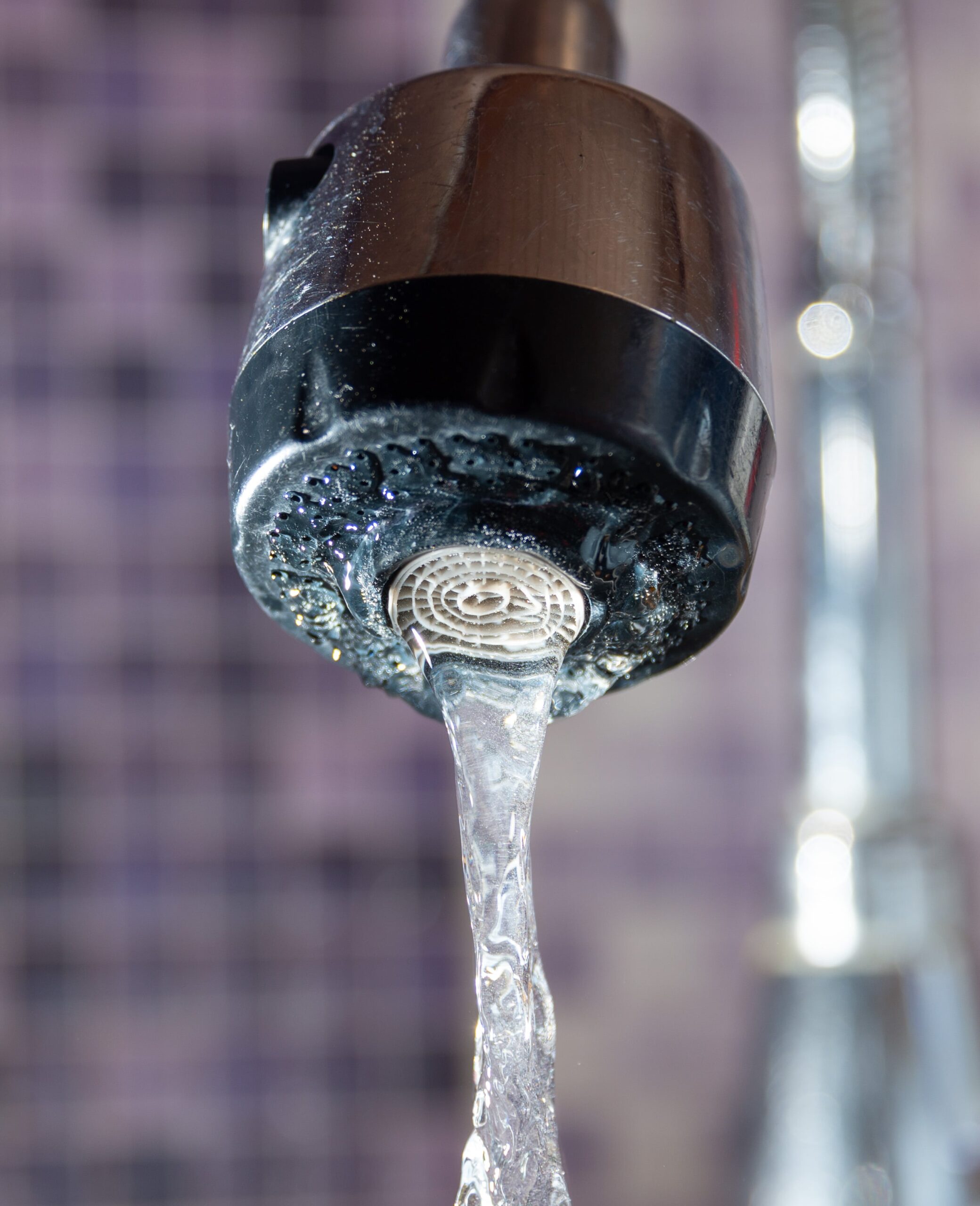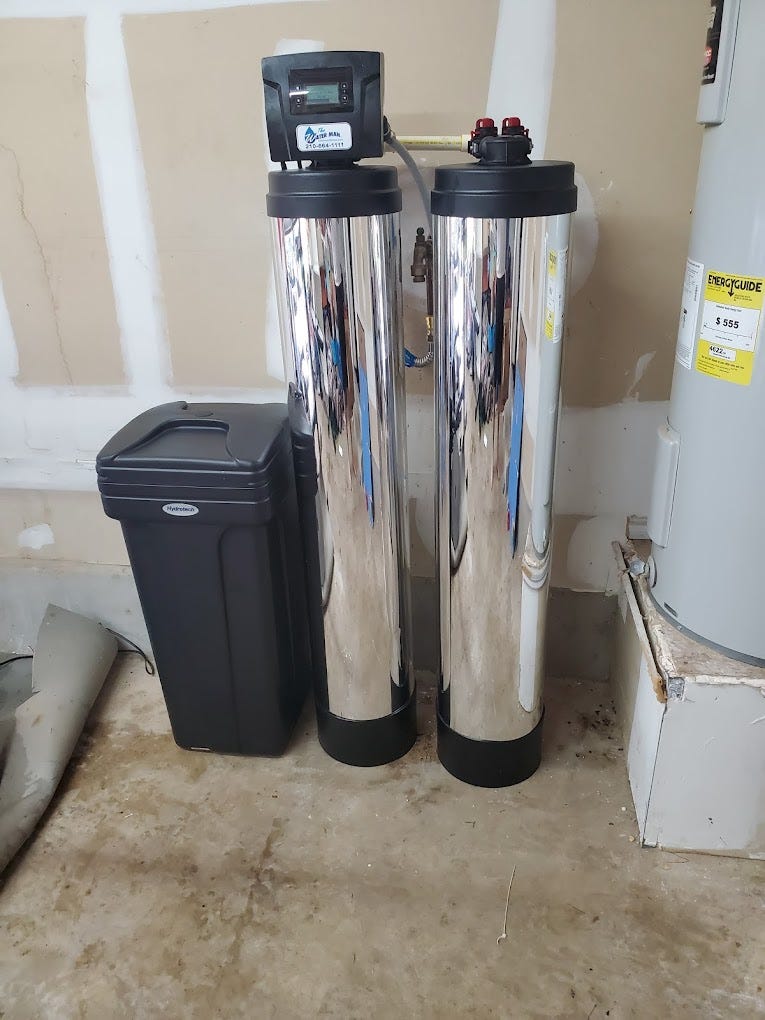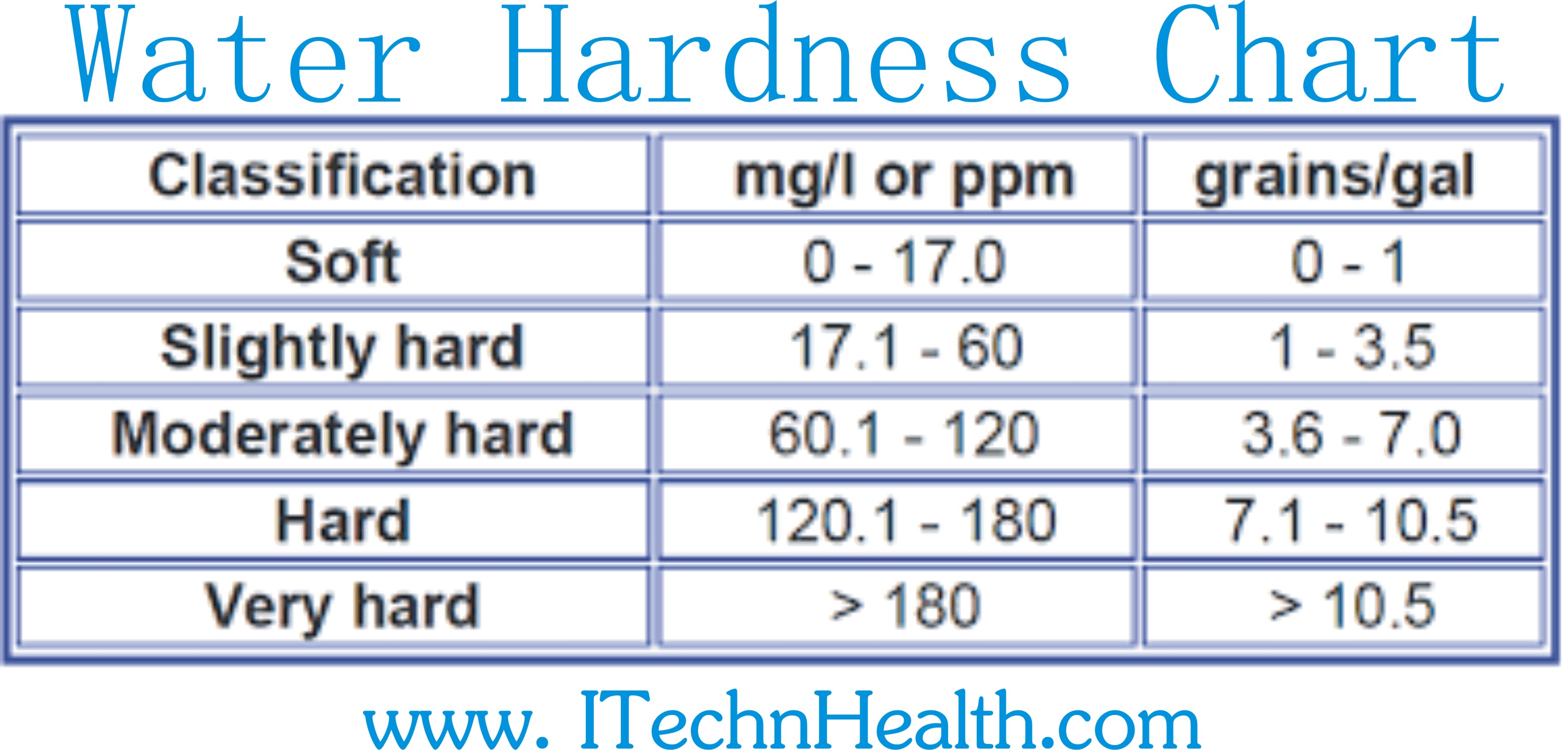San Antonio Water Softener Hardness Setting

San Antonio residents are grappling with a persistent question: how hard is their water, and how should their water softeners be set to combat it? Recent discussions among homeowners and plumbing professionals highlight the need for clarity on optimal hardness settings, sparking a city-wide effort to provide better guidance.
This issue underscores the importance of understanding local water characteristics and their impact on household appliances and plumbing. Correct softener settings can prolong the lifespan of these systems and improve water quality. Incorrect settings can lead to inefficiency or even damage.
Understanding San Antonio Water Hardness
San Antonio's water hardness varies depending on the source, primarily the Edwards Aquifer. According to the San Antonio Water System (SAWS), water hardness is measured in grains per gallon (gpg) or parts per million (ppm) of calcium carbonate.
SAWS publishes annual water quality reports detailing hardness levels. These reports are accessible on the SAWS website and provide a general overview of the city's water supply.
While the average hardness is often cited, specific neighborhoods can experience different levels due to localized water blending or treatment processes. This variability contributes to the ongoing confusion among residents regarding softener settings.
The Role of Water Softeners
Water softeners work by exchanging hard minerals like calcium and magnesium for sodium or potassium ions. This process reduces scale buildup in pipes and appliances, improving their efficiency and lifespan.
The softener's setting determines how frequently it regenerates, or recharges its resin beads. An incorrectly set softener can lead to wasted salt and water, or ineffective softening.
Proper calibration requires knowing the water hardness and the household's water consumption. Many residents struggle to accurately assess these factors, leading to suboptimal settings.
Confusion and Misinformation
Online forums and social media groups are filled with conflicting advice on softener settings. This contributes to the confusion and can lead to ineffective or damaging practices.
One common misconception is that a single setting is appropriate for all San Antonio homes. The reality is that hardness levels and water usage vary considerably.
Plumbers report frequent calls from residents struggling with incorrectly set softeners, leading to unnecessary expense and frustration.
SAWS Takes Action
SAWS is responding to concerns by improving communication and providing clearer guidelines. They are working on making hardness information more easily accessible, possibly with interactive maps.
"We understand the importance of providing our customers with the information they need to manage their water effectively," said Karen Guz, SAWS Director of Conservation, in a recent statement. "We are committed to improving our communication efforts and providing clear, concise guidance on water softener settings."
SAWS also plans to host workshops and online tutorials to educate residents about water hardness and softener settings. These initiatives aim to empower homeowners to make informed decisions.
Expert Advice and Recommendations
Plumbing professionals recommend testing water hardness regularly using a home test kit or professional testing service. This provides an accurate assessment of the local water supply.
Consulting with a qualified plumber is also advisable. They can assess the home's water usage and recommend the appropriate softener settings based on specific needs.
Regular maintenance of the softener is crucial for optimal performance. This includes checking salt levels, cleaning the brine tank, and periodically inspecting the system for leaks or malfunctions.
The Path Forward
Addressing the confusion surrounding water softener settings in San Antonio requires a collaborative effort. SAWS, plumbing professionals, and residents must work together to ensure accurate information and effective practices.
Improved communication, education, and access to reliable testing services will empower homeowners to manage their water more effectively. This will benefit both individual households and the city as a whole.
Ultimately, understanding local water hardness and setting water softeners correctly is a key step towards water conservation and responsible resource management in San Antonio.


